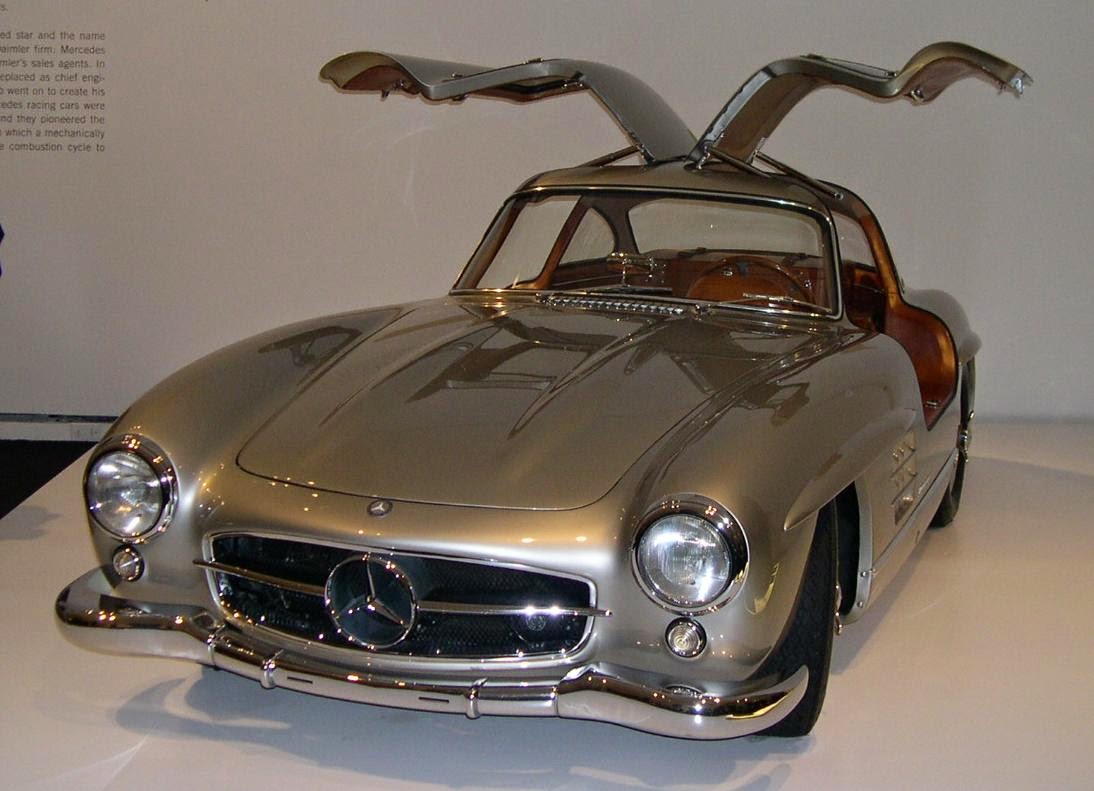Modern buses, modern problems
So why, at this point in the Oil Age, should Cuba be different than most other countries?
Cuba does produce oil, but the product of its offshore wells is heavily sulphurous, and even then not enough to meet its needs. The rest is supplied by Venezuela at below market rates (in exchange for Cuban medical missions and technical training), but the bill still adds to a trade deficit that in 2008 jumped by 65 per cent.
According to a report in The Economist, the addition of “thousands of thirsty diesel generators” – the Cuban government’s response to the island’s infamous power failures – is a big part of a sharp rise in demand for oil. To cut costs, the government ordered that air conditioning be restricted to the five hottest hours of the day this summer in shops, factories and offices. Read the Economist report here.
Another destination for that Venezuelan diesel, however, has to be the hundreds of Yutong buses that in recent years have largely replaced Cuba’s Camellos – converted transport trucks that carry as many as 300 passengers.
Built in China (with final assembly in Cuba), the Yutongs are squarely modern. The red-and-white articulated examples in Havana’s Metrobus fleet look much like the bendable New Flyers in use in Ottawa.



Comments